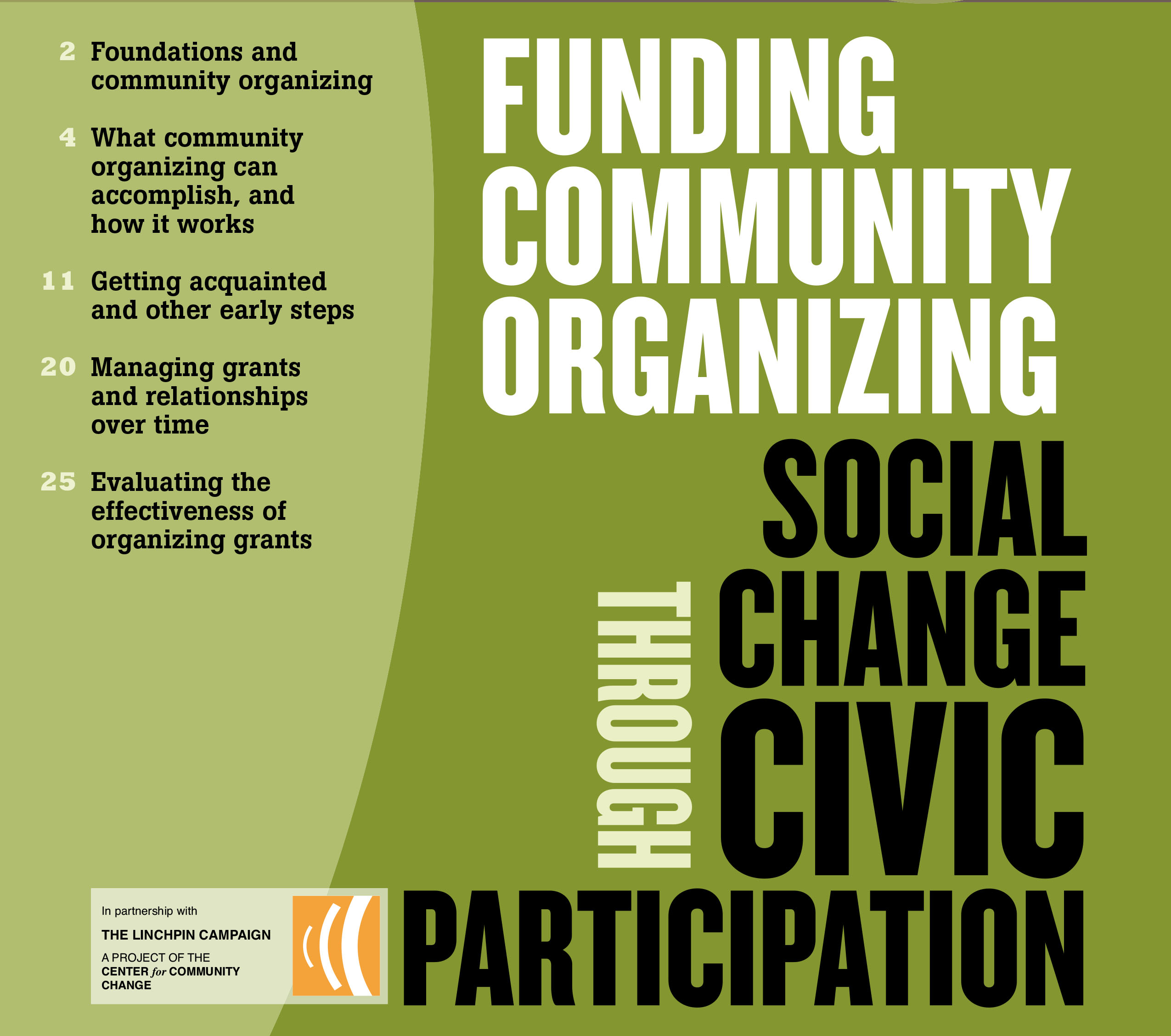Building a Long Term Relationship A Partnership to Support Community Organizing
An operating foundation in the Midwest was accustomed to working in a “respectful and responsive” way to improve conditions for families in its city’s low-income neighborhoods. Still, “it became pretty clear to us over the years that we weren’t quite hitting the mark,” the executive director recalled. Things changed in the late 1990s, when the foundation agreed to be a local intermediary for a national foundation’s community-building initiative. The national program officer wanted to emphasize community organizing, and, said the local grantmaker, “that exposed us to some folks and organizations that, quite frankly, we had not been exposed to.”
The foundation did a scan of community organizing groups in the city. “We literally invited every organizing group we could find to talk to us about whether or not some sort of partnership might be in order. It was pretty interesting how many groups weren’t interested in doing that. They said, ’We don’t work with anybody; we work by ourselves.’” The grantmaker was experiencing a dynamic she believes has been caused in part by competition for philanthropic support among “grossly under-funded” groups.
But the initiative required partnerships, including partnerships with large nonprofits and city agencies. The breakthrough came when one faith-based group — “a stellar organization,” with an “innovative, out-of -the-box director” — became interested in striking up a conversation. “But they were clear that they didn’t want money for money’s sake,” said the program officer. “What they wanted was to have people who believed in what they were doing.”
The grantmaker entered a “crash course in the culture of organizing,” attending a week-long training and other events. And, she said, “while we were getting immersed in their stuff, they were getting immersed in ours. How do foundations work? What is this thing called an initiative? How does that initiative intersect or not intersect with organizing strategies and models? Are there places where we can come together — or agree that we can’t come together?”
As the foundation began to change its behavior, so did the organizing group. They started organizing in schools around educational issues. They began to do youth organizing, learning that the one-on-one meetings that are a staple of organizing adults didn’t work so well with young people, who worked better in groups. “But what really happened,” according to the program officer, “is that we ended up in this partnership where all of the decisions were being made together, including grantmaking decisions.”



